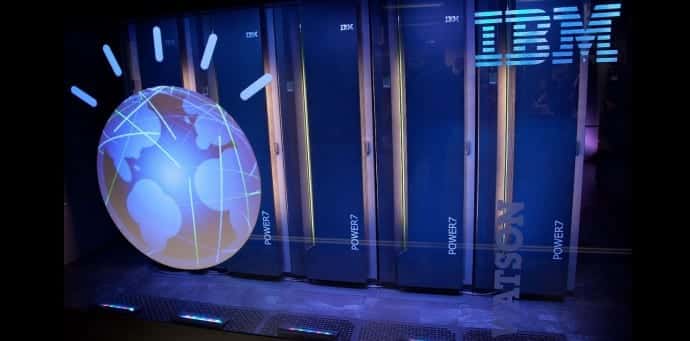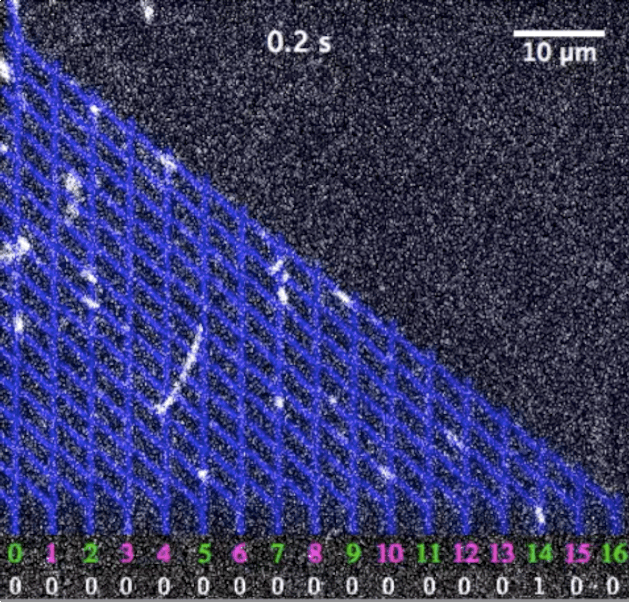This book sized energy efficient new protein-powered biocomputer could change how we solve complex problems
Researchers at McGill University have developed a model of a biological supercomputer that can solve complex mathematical problems and cryptography using very little energy. Electronic computers are still limited to solving one problem at a time, in spite of recent advances in computer technology.
“For a bigger problem we have to make a larger computer,” Dan Nicolau, chair of the department of bioengineering at McGill, told CBC News.
At the centre of the model is a 1.5 square-centimetre microchip, which uses myosin, molecular motors that perform mechanical tasks in living cells, to move protein filaments along artificial paths.
In a traditional computer, electrons are pushed through a chip by an electrical charge. But in the biocomputer, short strings of proteins are powered by Adenosine triphosphate, the chemical that provides energy to the cells in our bodies. As biocomputers operate in parallel and work in parallel, it leads to much faster problem solving, unlike a traditional computer.
This is not the first research to apply parallel computing to complex problem-solving. For example, DNA computing and quantum computing adopt a similar approach.
Developed by a team of international scientists from Canada, the U.S., Germany, Norway and Sweden, the new model biocomputer in contrast is energy-efficient, performs multiple calculations at the same time and is roughly the size of a book.
“A biocomputer requires less than one per cent of the energy an electronic transistor needs to carry out one calculation step,” study co-ordinator Heiner Linke, director of nanoscience at Lund University in Sweden, said in a press release.
The ATP-powered biocomputer is only designed to solve a specific type of problem (it’s only solved {2, 5, 9}), but now that they have proven it works, the scientists involved say that we may see full-scale biological supercomputers and we may not be far from seeing the tech perform more complex tasks.
“Our approach has the potential to be general and to be developed further to enable the efficient encoding and solving of a wide range of large-scale problems,” the research paper says.
The findings have been published in the Proceedings of the National Academy of Sciences.


